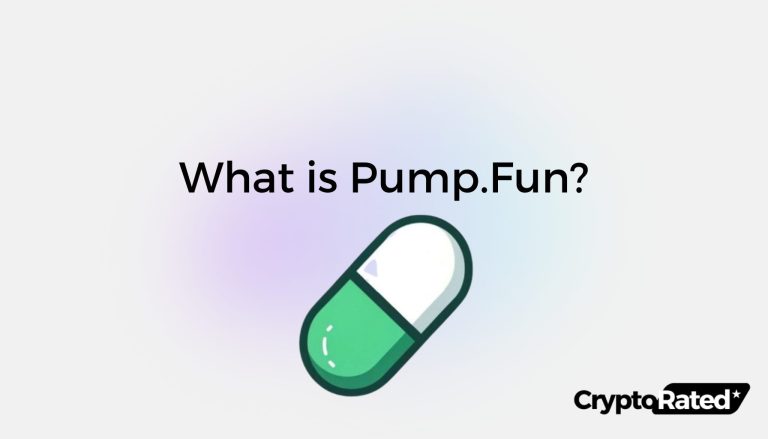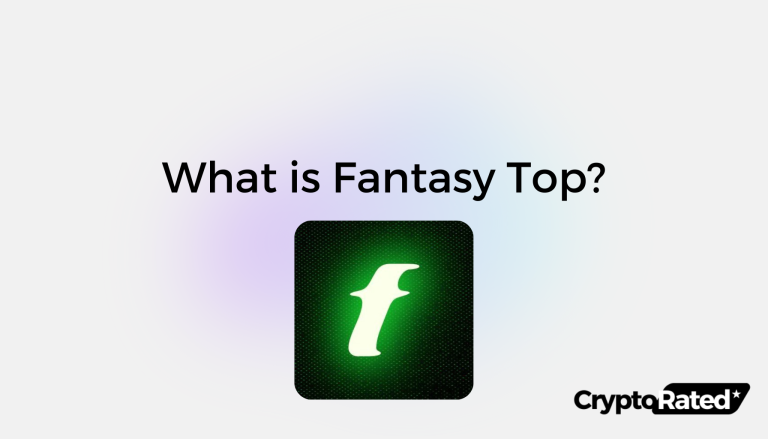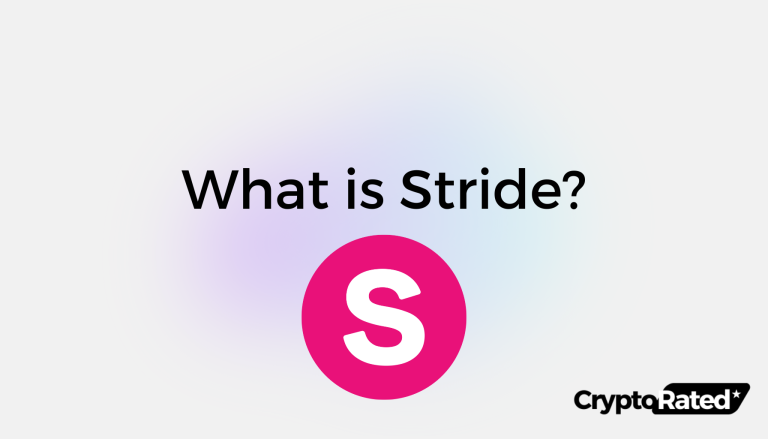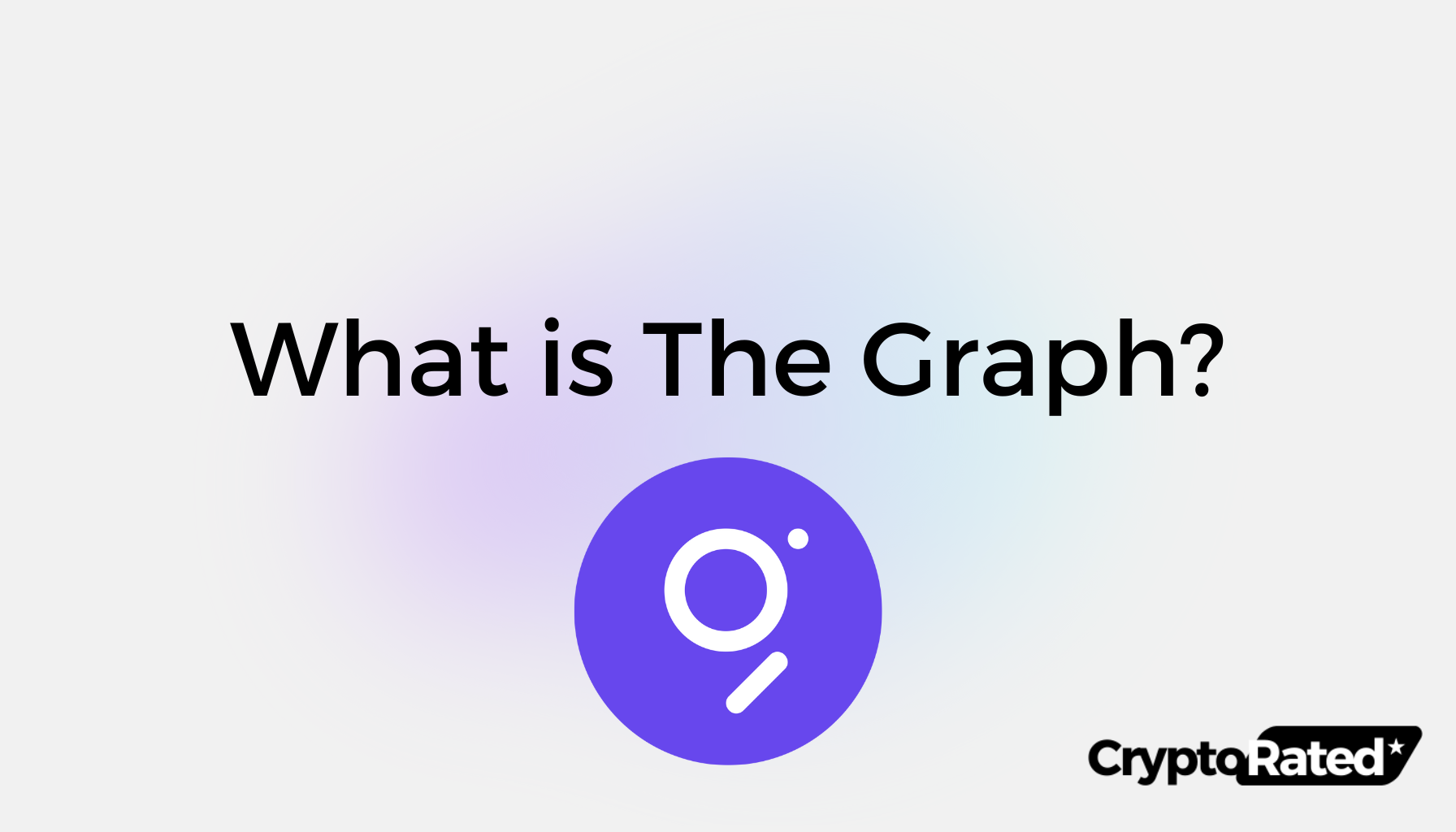
What is The Graph?
The Graph is a decentralized indexing system that allows users to query data from blockchain networks, making DApp development easier. The Graph is an open-source DeFi protocol hosted on the Ethereum blockchain, designed for indexing and querying, much like Google. It collects, organizes, and stores data from other blockchains, making it searchable by users.
The Graph’s decentralized indexing protocol uses open-source application programming interfaces (APIs) known as subgraphs, indexes that organize data within a global blockchain graph according to a user’s query. The subgraphs are transferable, allowing developers to use GraphQL (the language used by The Graph) to query data quickly and efficiently.
Key Takeaways
- The Graph is an indexing protocol that offers a decentralized solution for finding blockchain-based data.
- The Graph ecosystem has six major players who either pay for services with the project’s GRT token or receive the token for retrieving data.
- The Graph has been particularly among the DeFi community, which needs a reliable tool for retrieving on-chain data.
What Is The History of The Graph (GRT)?
The Graph was established in 2018 by Jannis Pohlmann, Yaniv Tal, and Brandon Ramirez1. The project aimed to provide a decentralized system allowing developers to access blockchain data easily. The ecosystem of The Graph was conceptualized and developed by Graph Protocol Incorporation, now known as Edge & Node2.
In 2020, the project’s native ERC-20 GRT token was launched3. This allowed developers to create and deploy subgraphs across different blockchain networks. The launch of the mainnet saw widespread interest and adoption from the DeFi community. Many notable DeFi projects have since adopted The Graph to facilitate user access to their on-chain data.
The Graph Wallet offers a secure and convenient way to store and manage GRT tokens. It is compatible with iOS and Android devices, allowing users to store, send, and receive GRT tokens and use them to interact with DApps that accept GRT. The number of networks supported on The Graph has increased steadily, allowing for greater flexibility in the types of use cases.
The project has also collaborated with several leading blockchain projects, including Chainlink and Uniswap. Overall, The Graph is a decentralized network that provides a user-friendly wallet and platform for developers to access blockchain data. Its increasing popularity and adoption in the DeFi community demonstrate its potential for growth and impact in the blockchain industry.
How Does The Graph (GRT) Work? What are The Graph’s use cases?
The Graph (GRT) is a decentralized cryptocurrency that provides indexing and query options to developers building DApps. It is built on open-source software and utilizes blockchain technology and a sophisticated indexing protocol to facilitate more efficient blockchain data querying4.
The Graph uses GraphQL technology to describe each API’s data in detail. Graph Nodes perform the initial stage of data aggregation, scanning smart contracts to collect data. The collected data is then analyzed and stored in subgraphs. The Graph protocol promptly returns the results to the requesting application.
The Graph provides a community-driven, open ecosystem that allows developers to augment Ethereum with data via smart contract transactions. Ethereum only allows the retrieval of basic data from projects involving complex NFTs and smart contracts if one tries to read them directly.
However, one can use The Graph’s API or indexed subgraphs to query blockchains and retrieve more complex data faster, more efficiently, and without compromising security properties for decentralization.
The Graph’s ecosystem consists of six major players who work together to access and organize data using subgraphs. These include consumers, indexers, delegators, curators, fishermen, and arbitrators. Consumers are developers who need data to create DApps.
| Actor | Role |
| Consumer | Uses data to create DApps, pays query fees, and submits queries. |
| Indexer | Indexes and queries signaled subgraphs, stakes GRT. |
| Delegator | Develops subgraphs and determine which are of high quality to be included in The Graph’s index. |
| Curator | Develops subgraphs and determine which are of high quality to be included in The Graph’s index. |
| Fisherman | Validates accuracy of query responses in the network. |
| Arbitrator | Helps determine whether an Indexer has engaged in malicious activity, assigned by decentralized governance. |
Why Does The Blockchain Industry Need The Graph’s Solutions?
The Graph solves the problem of centralized blockchain data indexing and querying. The decentralized indexing protocol automates the indexing and querying of blockchain data, making it more efficient and saving time and money for developers.
The Graph Network is governed by a decentralized autonomous organization (DAO), which ensures that developers and contributors make decisions affecting the network using The Graph’s indexing and query solutions, keeping the network decentralized and community-driven.
The Graph’s distributed nature across nodes provides security and transparency that centralized indexes cannot match. Since blockchain data is indexed and searched on a decentralized network, cybercriminals have little opportunity to compromise the system.
The Graph’s community-driven governance model, security, and transparency make it a reliable and efficient solution for developers seeking to index and query blockchain data.
What Are The Tokenomics Of The Graph (GRT) Token?
The Graph (GRT) has a maximum supply of 10.7 billion and a circulating supply of 9.3 billion, according to CoinGecko5. As GRT is an Ethereum-based ERC-20 token, transactions and metrics can be found using Etherescan6.
How Has GRT Traded In 2023, And What Are The GRT Price Predictions?
Data from TradingView7 shows that GRT has had a very bullish 2023, with year-to-date gains of just under 200% as of writing in December. In the last six months alone, GRT has surged by over 60%, and it’s trading comfortably above $0.15.
Coincodex8 expects GRT to rally in 2024 with a minimum price target of $0.3 and a maximum of $1.2; both these figures would require the value of GRT to be more than double. Despite the medium-term bullish outlook in the long term, they expect GRT to stagnate around $1.
Changelly9 expects GRT’s price to remain stable in the first half of 2024 and then drop by between 5-20%. In 2025, they have forecasted a considerable rally to around $0.25, and they see it rising above $1 sometime in 2028.
Remember that crypto prices are incredibly volatile, and you should always do your own research before risking your capital. Nothing in this article should be construed as investment advice.
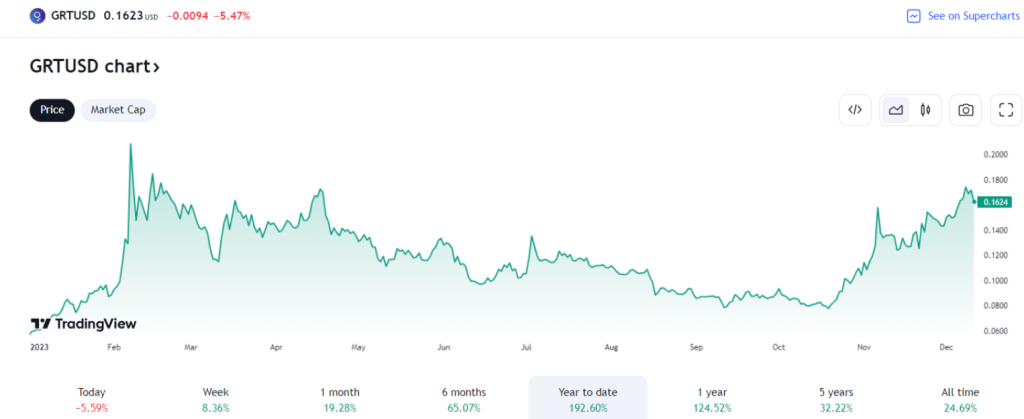
Final Thoughts On The Graph (GRT)
The Graph is an ambitious attempt to change how we retrieve data. The team has taken on the biggest data retrieval services in the world, including Google and Bing, showing that a more democratic system is possible. The project has yet to find mainstream appeal, but it does have solid support from the DeFi community. In addition, the GRT token has rallied considerably in 2023 and, according to some analysts, could continue to rally into the second half of the decade.
Frequently Asked Questions
Where Can You Buy The Graph (GRT)?
The Graph (GRT) can be traded on several exchanges, including Binance, Phemex, and Coinbase.
How Does The Graph Facilitate Data Querying on Blockchains?
The Graph is a decentralized indexing protocol that allows developers to query data from blockchains more efficiently and cost-effectively. The protocol accomplishes this by using subgraphs10, which are open APIs that allow developers to query specific data from a blockchain. Anyone can create these subgraphs, and they allow developers to easily access the data they need without having to write complex code.
Can You Explain the Role of GRT in The Graph Ecosystem?
GRT is the native token of The Graph ecosystem, and it is used to incentivize and reward participants in the network. GRT is used to pay for indexing and querying services, and it is also used to govern the network through a decentralized governance process.
WRITTEN
Peter Barker
Peter is an experienced crypto content writer and a DeFi enthusiast with more than 3+ years of experience in the space. Previously a journalist and news editor at a leading European news sourcing agency.


